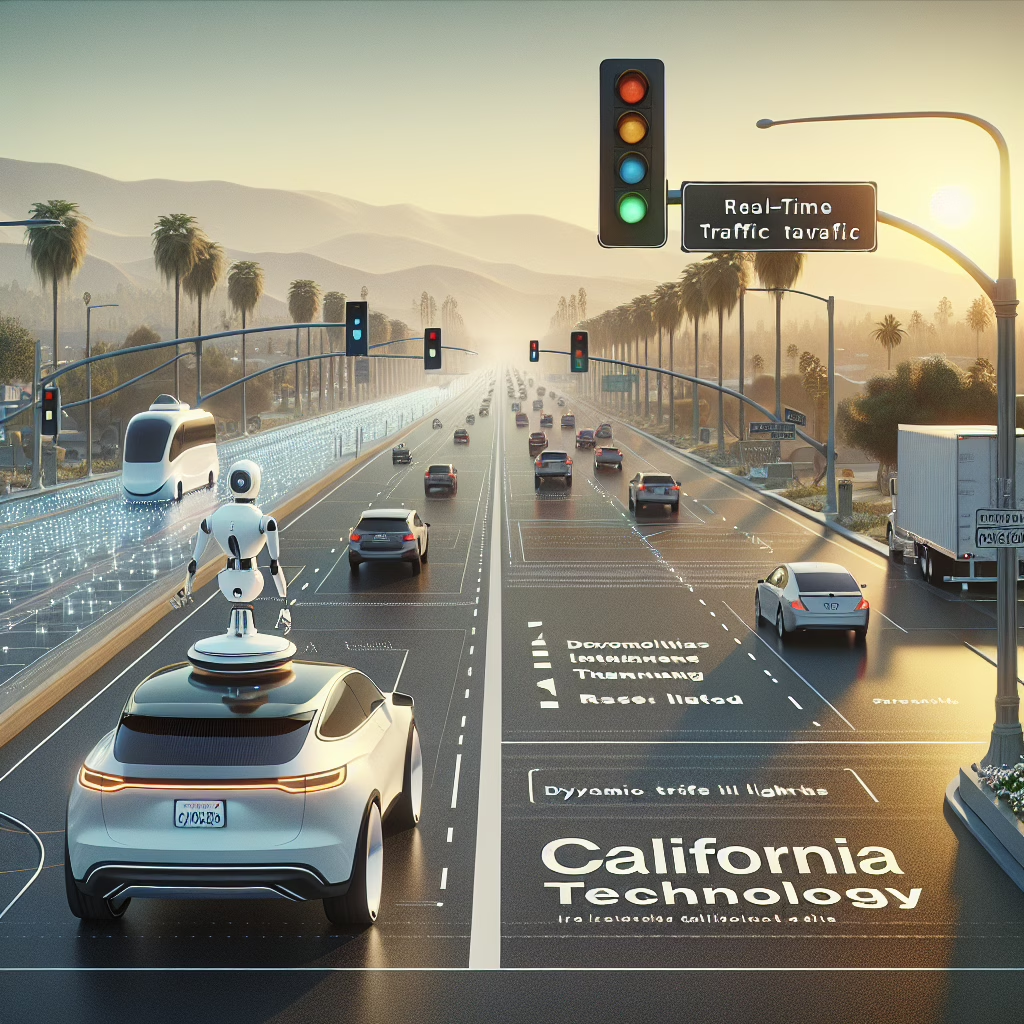Ah, California! The land of sun, surf, and, let’s not forget, a whole lot of cars. With nearly 40 million residents zipping around in their vehicles, it’s no wonder that the state is facing a bit of a traffic dilemma. But fear not! California’s salvation might just lie in technology. Yes, you heard it right—technology could be the superhero we never knew we needed to save drivers’ lives!
Why Technology is the Hero We Need
In a world where tech can help us order pizza with a mere tap on our smartphones, why can’t it also help prevent accidents? The answer is simple: it can! With innovations like autonomous vehicles and smart traffic systems, we have the opportunity to transform our roads into safer spaces.
Imagine a future where your car drives itself while you relax and scroll through social media. Sounds dreamy, right? Well, it’s possible! Autonomous vehicles use advanced sensors and algorithms to navigate safely, reducing human error—the leading cause of accidents. By embracing this technology, California can significantly lower its accident rates.
Smart Traffic Systems: The New Traffic Cops
Now, let’s talk about smart traffic systems. These aren’t your average stoplights; they’re more like the brainiacs of road management. By utilizing real-time data, these systems adjust traffic signals based on current conditions, helping reduce congestion and improve safety. It’s like having a traffic cop who never needs coffee breaks!
But wait, there’s more! Smart systems can communicate with vehicles to provide alerts about potential hazards or changes in road conditions. They’re like having a helpful backseat driver—minus the annoying commentary about your driving skills.
The Importance of Embracing Technology
California has always been a trendsetter when it comes to adopting new technologies. From electric cars to solar power, innovation flows through the veins of this state. So why not take it a step further by integrating advanced tech into our transportation infrastructure? Embracing technology isn’t just about keeping up with the Joneses; it’s about saving lives.
According to statistics, over 3,500 people die each year in California due to car accidents. That’s approximately 10 lives lost every day! If that doesn’t motivate us to adopt cutting-edge technologies that could prevent these tragedies, what will? The time for change is now!
A Roadmap for the Future
To create a safer driving environment, California needs a solid roadmap that includes:
- Investment in Research: Fund studies on the effectiveness of various technologies in reducing traffic accidents.
- Infrastructure Upgrades: Modernize roads and traffic signals to accommodate smart technologies.
- Public Awareness Campaigns: Educate drivers on how these new technologies work and their benefits.
If we can rally behind these initiatives and work together as a community, California could become a shining example of how technology can lead to safer roads for everyone.
The Human Element: What Can We Do?
While technology plays a vital role in making our roads safer, we can’t ignore the human element. Drivers need to embrace safe driving practices alongside technological advancements. This means buckling up (yes, even if it’s just a quick trip), avoiding distractions (sorry TikTok), and staying sober behind the wheel.
We all share the road; let’s make it as safe as possible for each other! Together with innovative tech solutions and responsible driving habits, we can pave the way for a brighter future on California’s roads.
So what do you think? Are you ready to embrace technology for safer roads? Share your thoughts below—let’s keep this conversation rolling!
A big thank you to San Diego Union-Tribune for their insightful article!
For those interested in further exploring the intersection of technology and transportation, you may also want to check out related articles on smart technologies, such as Android 16 review: Post-hype and Google embraces AI in the classroom. Together, these discussions highlight how embracing technology can spur advancements in safety and efficiency across all sectors.

